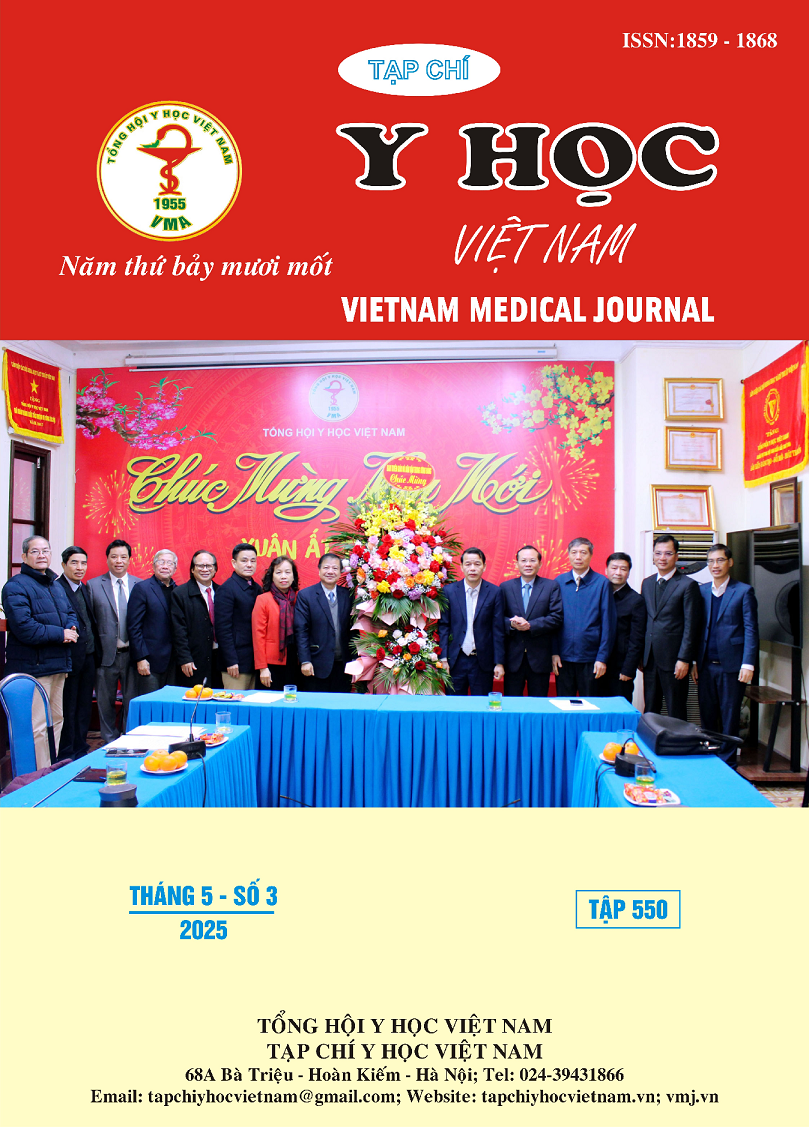EVALUATION OF MICRO-LEAKAGE WITH DENTIN OF CALCIUM SILICATE ROOT CANAL SEALERS: IN VITRO STUDY
Main Article Content
Abstract
To ensure long-term success in endodontic treatment, completely sealing the root canal is crucial. To achieve this, the root canal must be filled with gutta-percha cones in combination with a root canal sealer. Therefore, the current study aims to evaluate the sealing capability of two types of calcium silicate sealers: self-mixed BiorootTM RCS and pre-mixed CeraSeal. Objective: To compare the level of microleakage at the apex region of teeth treated with two types of calcium silicate sealers at intervals of 2 days and 90 days using the dye penetration measurement technique. Subjects and methods: Forty four extracted mandibular premolars with fully formed apical roots and a single canal were collected for this study. Results: At the 2-day interval after endodontic treatment (TBOT), the average microleakage of the group treated with sealer BiorootTM RCS (0.98 mm) was lower than that of the group treated with sealer CeraSeal (1.25 mm). This difference was not statistically significant (p >0.05). At the 90-day interval, the average microleakage for the group treated with sealer BiorootTM RCS (0.67 mm) remained lower than that of the group treated with sealer CeraSeal (0.92 mm). This difference also was not statistically significant (p >0.05). Conclusion: From the two intervals surveyed, we found that the sealing efficacy of sealer CeraSeal is comparable to that of sealer BiorootTM RCS.
Article Details
Keywords
Apical microleakage, calcium silicate root canal sealer, BiorootTM RCS, CeraSeal
References
2. Cavenago BC, Pereira TC, Duarte MA, et al. Influence of powder-to water ratio on radiopacity, setting time, pH, calcium ion release and a micro-CT volumetric solubility of white mineral trioxide aggregate. Int Endod J. 2014; 47(2), 120-6. doi: 10.1590/1678-7757-2017-0465
3. Viapiana R, Moinzadeh AT, Camilleri L, et al. Porosity and sealing ability of root fillings with gutta-percha and BioRoot RCS or AH Plus sealers. Evaluation by three ex vivo methods. Int Endod J. 2016; 49(8), 774-82. doi: 10.1111/iej.12513
4. Lý Nguyễn Bảo Khánh. Đặc điểm giao diện giữa xi măng calcium silicate và mô ngà răng. Y Học Thành Phố Hồ Chí Minh. 2018; 22(3), 237-242.
5. Sfeir G, Zogheib C, Patel S, et al. Calcium Silicate-Based Root Canal Sealers: A Narrative Review and Clinical Perspectives. Materials (Basel). 2021; 14(14), 3965. doi: 10.3390/ ma14143965
6. Han L, Okiji T. Uptake of calcium and silicon released from calcium silicate-based endodontic materials into root canal dentine. Int Endod J. 2011; 44(12), 1081-7. doi: 10.1111/j.1365-2591.2011.01924.x
7. Karobari MI, Batul R, Snigdha NTS, et al. Evaluation of push-out bond strength, dentinal tubule penetration and adhesive pattern of bio-ceramic and epoxy resin-based root canal sealers. PLoS One. 2023 Nov 13;18(11). doi: 10.1371/ journal.pone.0294076


